Art.-Nr.:
HDPE-NA-LGF20Zahlung:
T/T or L/C (other payment ways also can be diProduktherkunft:
Xiamen, ChinaFarbe:
Original color (also can be customized)Hafen:
Xiamen, ChinaHDPE Introduction
Poor mechanical properties, poor air permeability, easy to deformation, easy to aging, easy to brittle, brittle than PP, easy stress cracking, low surface hardness, easy to scratch. Difficult to print, when printing, surface discharge treatment is required, can not be plated, and the surface is not glossy.
HDPE-Long glass fiber
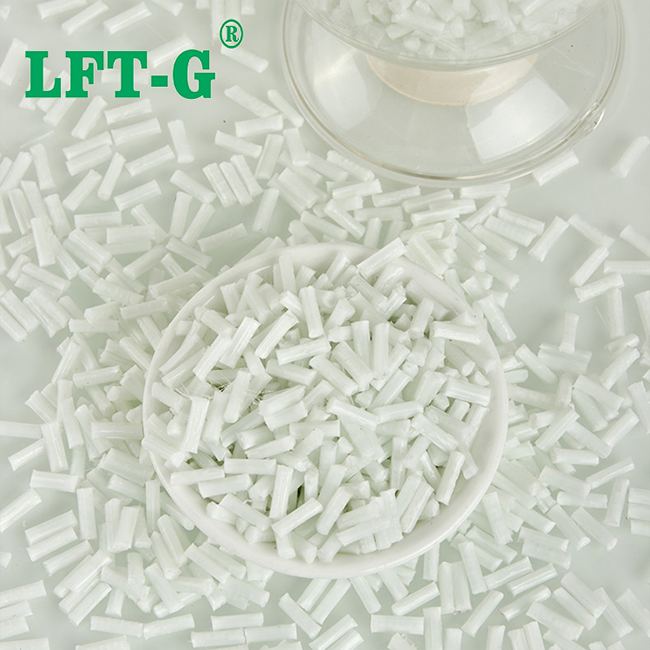
Because of its high crystallinity, poor impact strength and environmental cracking resistance and other defects, limiting its scope of application, so a lot of toughening modification HDPE research work has been carried out at home and abroad. Our company has greatly improved the performance of HDPE through the way of co-blending modification.
Long fiber reinforced thermoplastic composites are reinforced thermoplastics with fiber lengths greater than 10mm. The reinforcing fibers are mainly glass fibers, carbon fibers, etc. Depending on the type of resin with appropriate fiber surface treatment, better results can be achieved.
The addition of fiber material to the resin can greatly improve the overall material performance. Fiber composites absorb external forces in three ways: fiber pullout, fiber breakage, and resin fracture. The increase of fiber length consumes more energy for fiber pull-out, which is beneficial to the improvement of impact strength; the end of fiber in the composite is often the initiation point of crack growth, and the small number of long fiber ends also makes the impact strength increase; the long fiber blends entangle, flip and bend each other when filling the mold, unlike the short fiber blends which are arranged in the flow direction, therefore, the long fiber blends molded products are better than the same molded parts of short fiber blends. Therefore, compared with the same molded parts of short fiber blends, the long fiber blends have higher isotropy, better straightness, less warpage, and therefore better dimensional stability; the heat deflection temperature of long fiber reinforced thermoplastics is also increased than that of short fiber blends. Therefore, long-fiber composites exhibit better performance than short-fiber composites, which can improve rigidity, compression strength, bending strength, and creep resistance.
Process
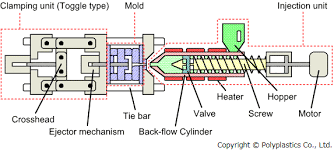
TDS for your reference
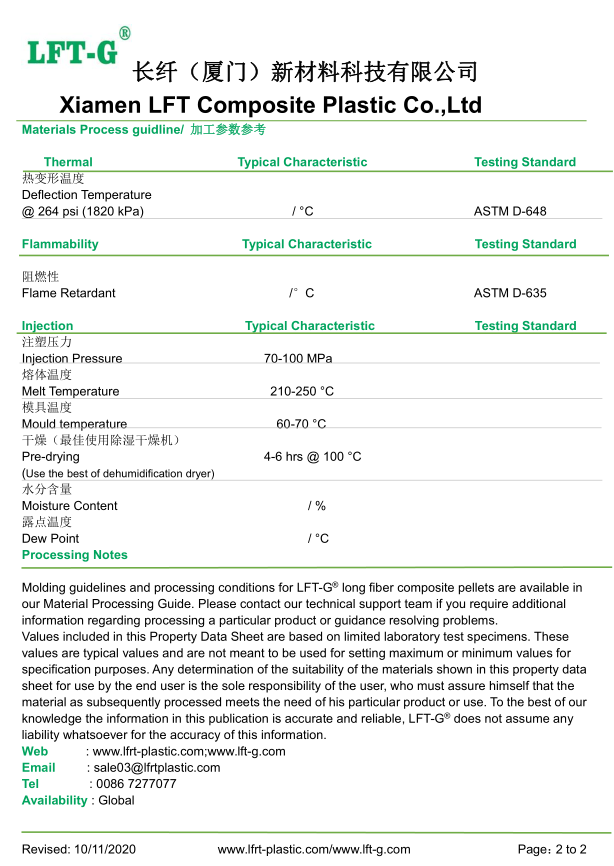
Tests
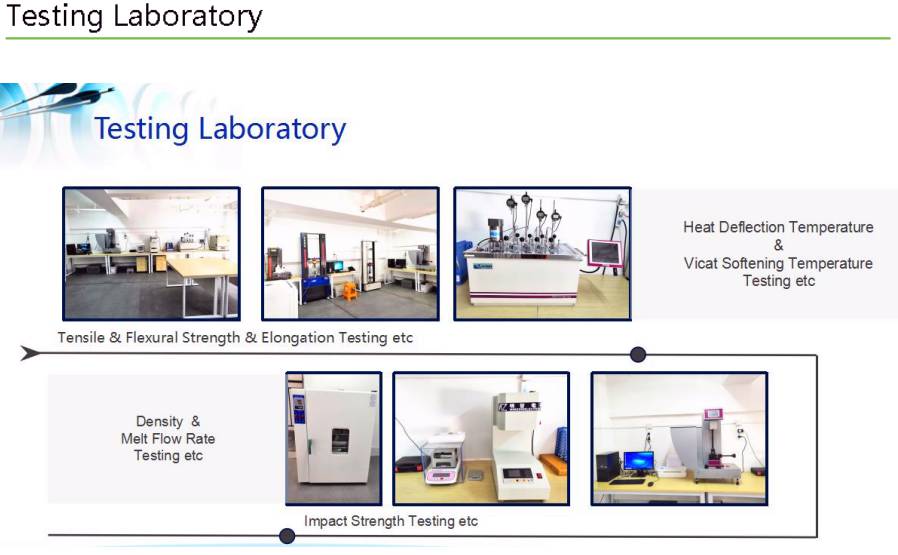
Certifications
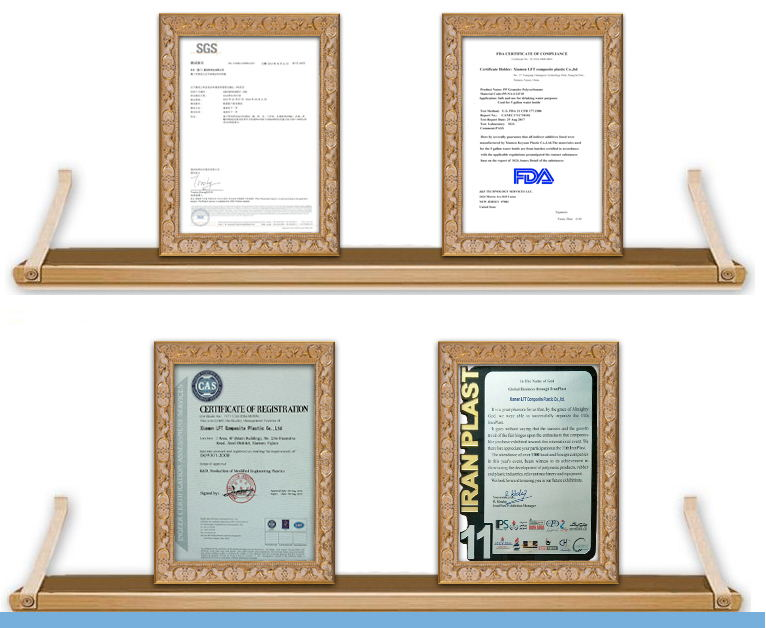
Quality Management System ISO9001/16949 Certification
National Laboratory Accreditation Certificate
Modified Plastics Innovation Enterprise
Honorary Certificate
Heavy metal REACH & ROSH testing
Application
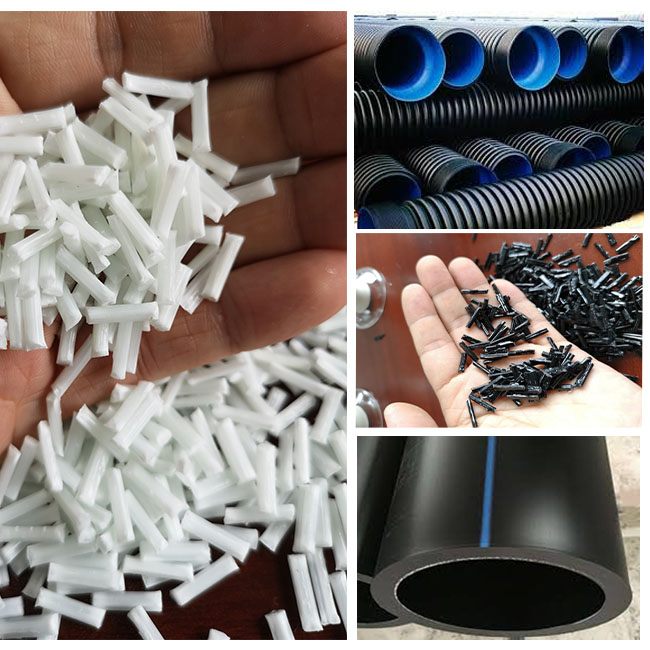
We will provide technical supports according to your product's images.
About us
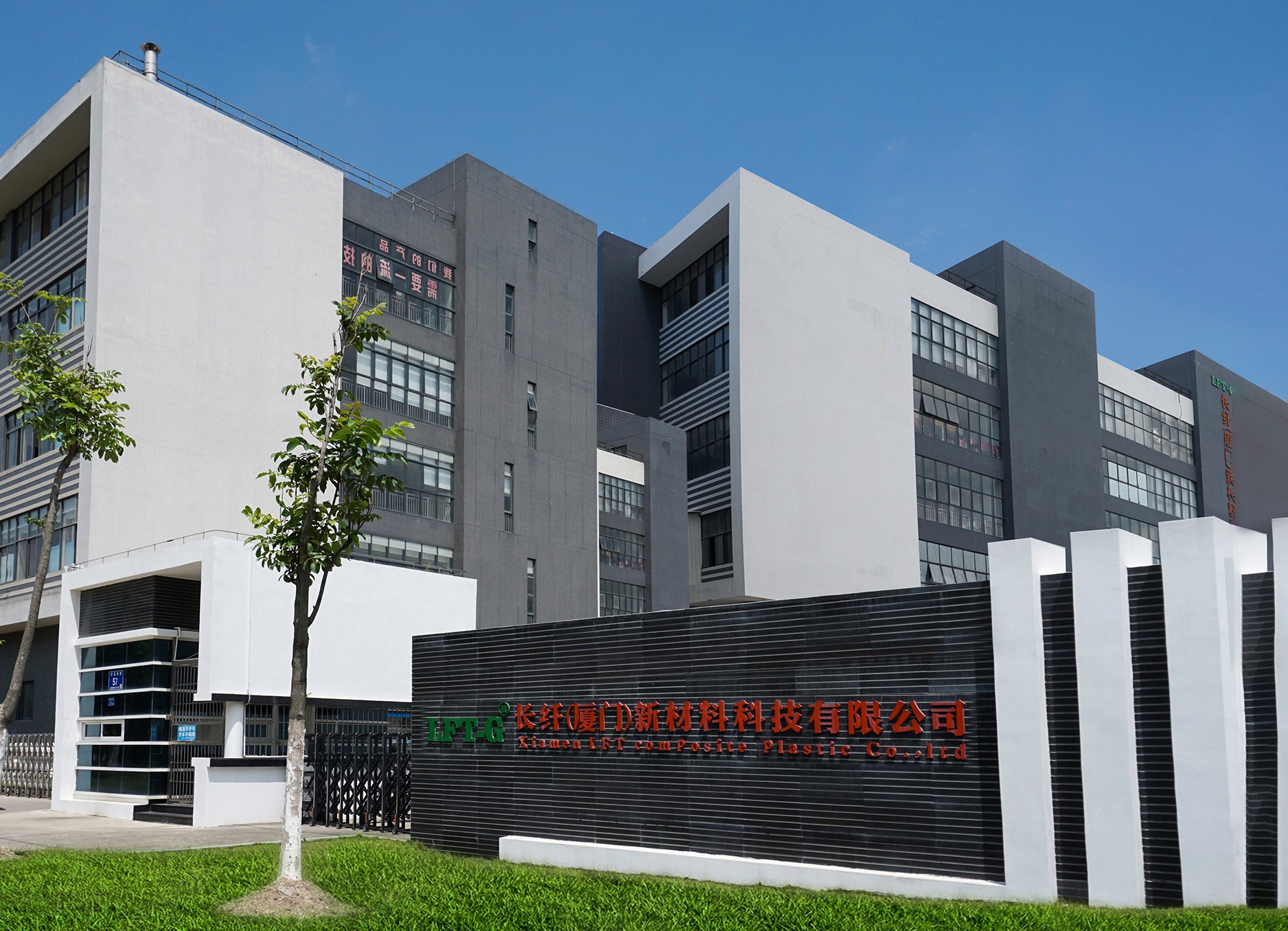
We will offer you:
1. LFT & LFRT material technical parameters and leading edge design.
2. Mold front design ang recommendations.
3. Provide technical support such as injection molding and extrusion molding.
Frequently asked questions
Q: How to choose the reinforcement method and length of the material when using long fiber reinforced thermoplastic material?
A: Die Auswahl der Materialien hängt von den Anforderungen der Produkte ab. Abhängig von den Leistungsanforderungen der Produkte muss beurteilt werden, wie stark der Inhalt verstärkt wird und wie viel Länge angemessener ist.
F: Langfaserprodukte sind nicht nur für das Spritzgießen geeignet, sondern können auch extrudiert oder in anderen Verfahren verarbeitet werden?
A: LFT-Langglasfasern und Langkohlenstofffasern werden hauptsächlich zum Spritzgießen verwendet und können auch Plattenprofilrohre extrudieren und Kanten mit einer Vielzahl thermoplastischer Formverfahren formen.
F: Die Kosten für Langfaserprodukte sind höher als für Rohstoffe. Hat es einen hohen Recyclingwert?
A: Das thermoplastische LFT-Langfasermaterial lässt sich sehr gut recyceln und wiederverwenden.
